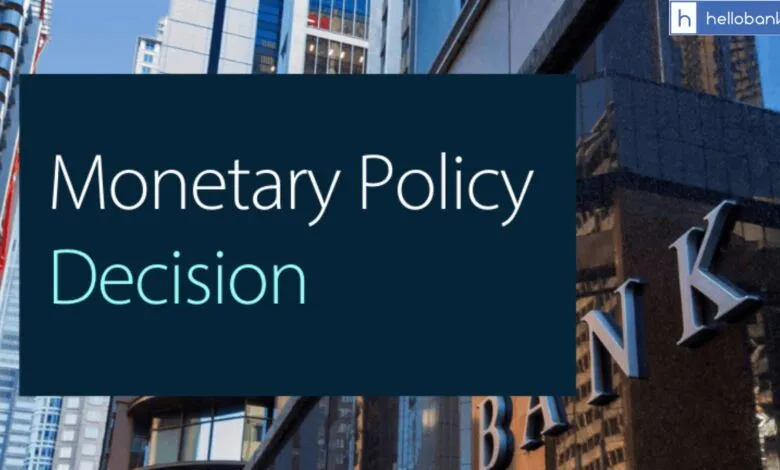Reserve Bank of Australia Monetary Policy Statement November 2025

The Reserve Bank of Australia (RBA) has decided to keep the cash rate unchanged at 3.60%, following its latest Monetary Policy Board meeting held on November 4, 2025. The RBA has kept interest rates steady at 3.60% amid rising inflation and economic uncertainty. The central bank expects inflation to stay slightly above target in the short term but to gradually fall toward 2.6% by 2027.
Inflation Rising Again After Previous Decline
The RBA noted that inflation has started to rise again, even though it had dropped significantly from its 2022 peak. Higher interest rates over the past two years helped cool demand and bring inflation closer to the target range, but recent data shows renewed pressure on prices.
In the September quarter, the trimmed mean inflation was 1.0% for the quarter and 3.0% for the year, up from 2.7% in June. This increase was higher than what the RBA expected in its August forecast.
The headline inflation also rose to 3.2%, largely because electricity rebates ended in several states.
The RBA believes that some of this recent increase in inflation is temporary. According to the November Monetary Policy Statement, underlying inflation is expected to rise above 3% in the coming quarters, before settling around 2.6% by 2027.
Economic Recovery Continues but Risks Remain
The RBA said that domestic economic activity is recovering, but the overall outlook is still uncertain. Consumer spending continues to improve, and the housing market is showing strong signs of growth. Housing prices are climbing again, and construction costs have started to increase after a period of slow growth. The Bank noted that credit availability for both households and businesses remains healthy.
Labour Market Tight but Showing Signs of Easing
The labour market remains tight, even though it has shown some signs of cooling. Employment growth has slowed slightly more than expected, and the unemployment rate rose to 4.5% in September, up from 4.3% in August. Job vacancies remain high, and many businesses still report difficulty finding workers. Wage growth has eased slightly from its peak, but productivity growth is still weak, which keeps unit labour costs high.
Global Uncertainty Adds Pressure
The RBA highlighted ongoing global uncertainties, including trade tensions, geopolitical risks, and uneven recovery in major economies. While global growth forecasts have been revised slightly higher, trade policy changes and international risks could still hurt growth over time. These factors, combined with domestic risks, make it difficult to predict how inflation and employment will evolve.
RBA Focused on Price Stability and Full Employment
The RBA stated that its top priorities remain price stability and full employment. With inflation showing signs of persistence and domestic demand recovering, the Board believes it is too early to cut rates further. Although financial conditions have eased since early 2025, the Bank wants more time to assess the full impact of earlier rate reductions. The RBA said it would remain cautious and data-driven in its future policy decisions.
The Decision Was Unanimous
The RBA Board voted unanimously to keep the cash rate at 3.60%. It said future decisions will depend on how inflation, the labour market, and global developments evolve in the coming months.
